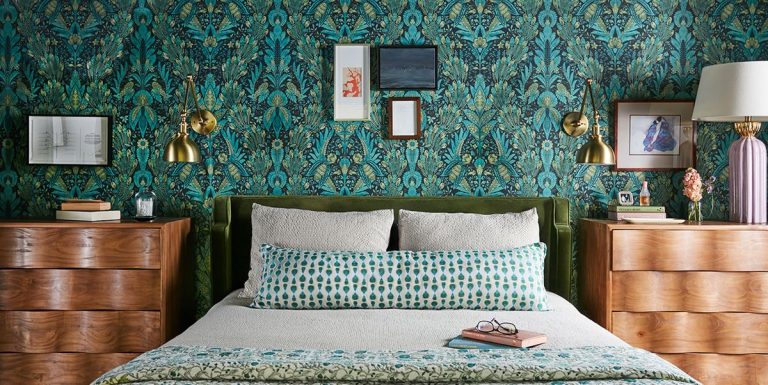Characterized by simple lines, neutral colors and an overall lack of visual clutter, minimalist design has become a mainstream style of interiors in recent years. Think all-white kitchens with marble countertops, serene bedrooms with off-white bedding, and neutral living rooms with cream sofas and minimal wall decor.
But while certain elements of minimalism remain timeless (clean lines and neutral colors, for example, will always have a place in home design), we're finding that more and more interior designers are rejecting the austere style. Instead, we expect fun, bright, and individualistic styles to take the design world by storm in 2024.
Learn the jargon
Why are designers straying from minimalism?
“Minimalist interiors often feel stiff and museum-like,” says Sarah Storms of Styled by Storms, “and the color palette used in these spaces — cool grays, blacks, stark whites — can feel cold.”
“Minimalism makes it hard to create different zones and spaces, and it doesn't lend itself to emotive appeal,” adds interior designer Lucinda Sanford. “Today, clients seem to be more open to tactile interiors and appreciate designs where they can add their own personality.”
 Astrid Templier
Astrid Templier
“A home should bring joy and make people feel comfortable,” says Sanford, who decorated this dining room with patterned wallpaper, retro dining chairs and colorful artwork.
The designers we spoke to say renters and homeowners alike are craving old-world charm through antiques, reupholstering, and handcrafted décor—all of which are also eco-friendly choices.
Another reason for minimalism's demise is the impact COVID-19 has had on home design. “As people spend more time at home, the mindset shifted to investing in space,” Storms says. “Even as people start traveling again or going back to the office, the idea of a comfortable home remains.”
What interior styles are replacing minimalism?
As the desire for personalized spaces filled with color, texture and unique details grows, homeowners are embracing maximalist, eclectic and vintage home styles, which translates to mismatched furniture sets, muted paint colors, natural woods and vibrant patterns.
“Clients are looking for more adult spaces when it comes to entertaining,” Storms says, “that have design and style, but are also safe for their children. People also want a home that reflects who they are – they want to mix in treasures from their travels and relatives.”

Brian Wetzel
Eclectic decor typically combines old and new, evoking creativity and comfort through vibrant colors and unexpected accents. “This style allows you to break the rules and combine contemporary clean lines with more traditional elements,” says Storms.
“Color evokes emotions in people,” Storms emphasizes when asked why homeowners are swapping neutrals for saturated hues, adding, “When we have color around us, whether it's bright or muted, we evoke an immediate response of happiness, comfort and tranquility.”
Related article
Alyssa Gautieri (she/her) is the Associate Lifestyle Editor at Good Housekeeping, covering all things home and interior design. Prior to joining GH in 2022, she contributed to publications such as ELLE Decor, Chairish, BobVila.com, Unique Homes Magazine, and LODGING Magazine, as well as creating product copy for home brands such as BrylaneHome and VIGO Industries.

